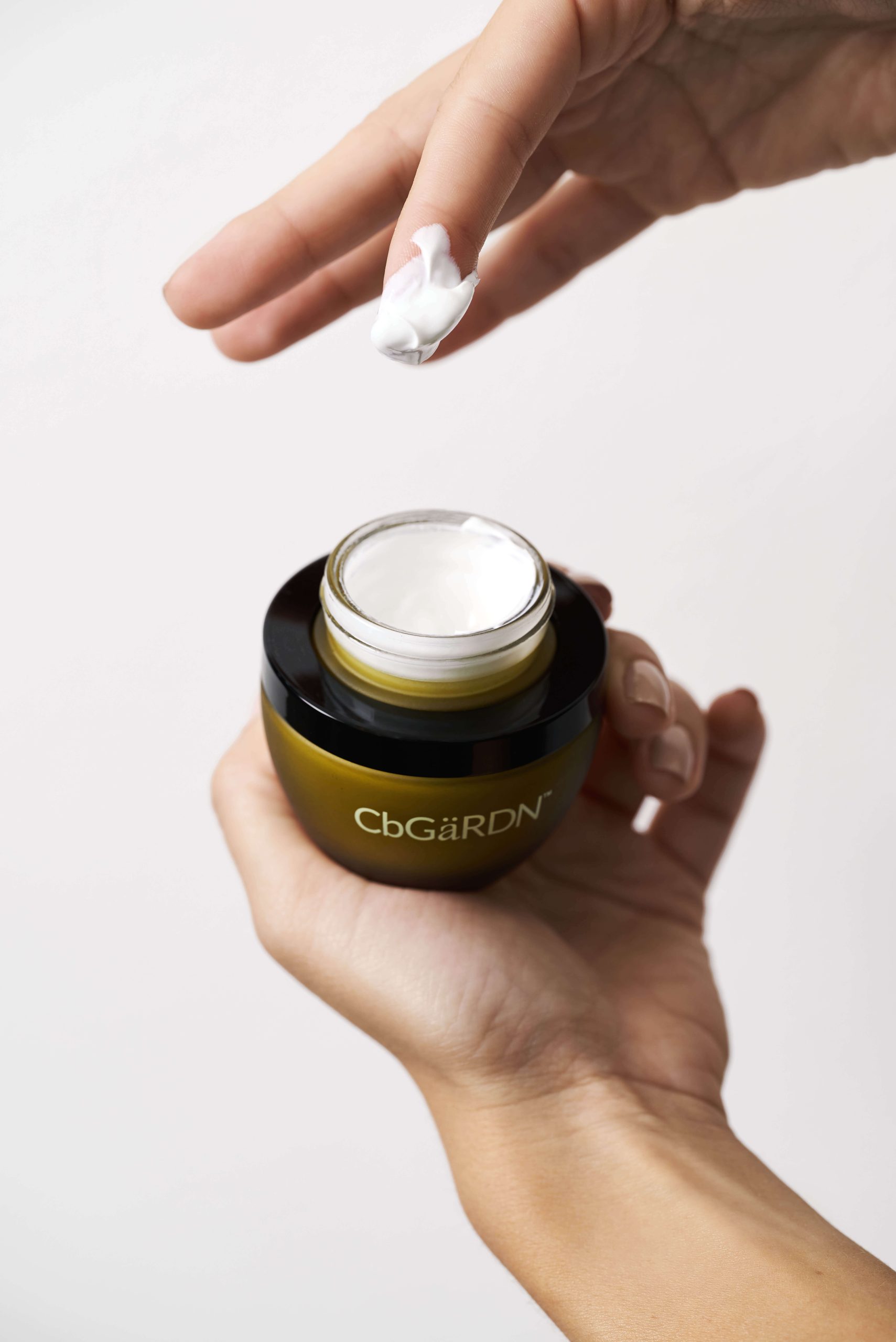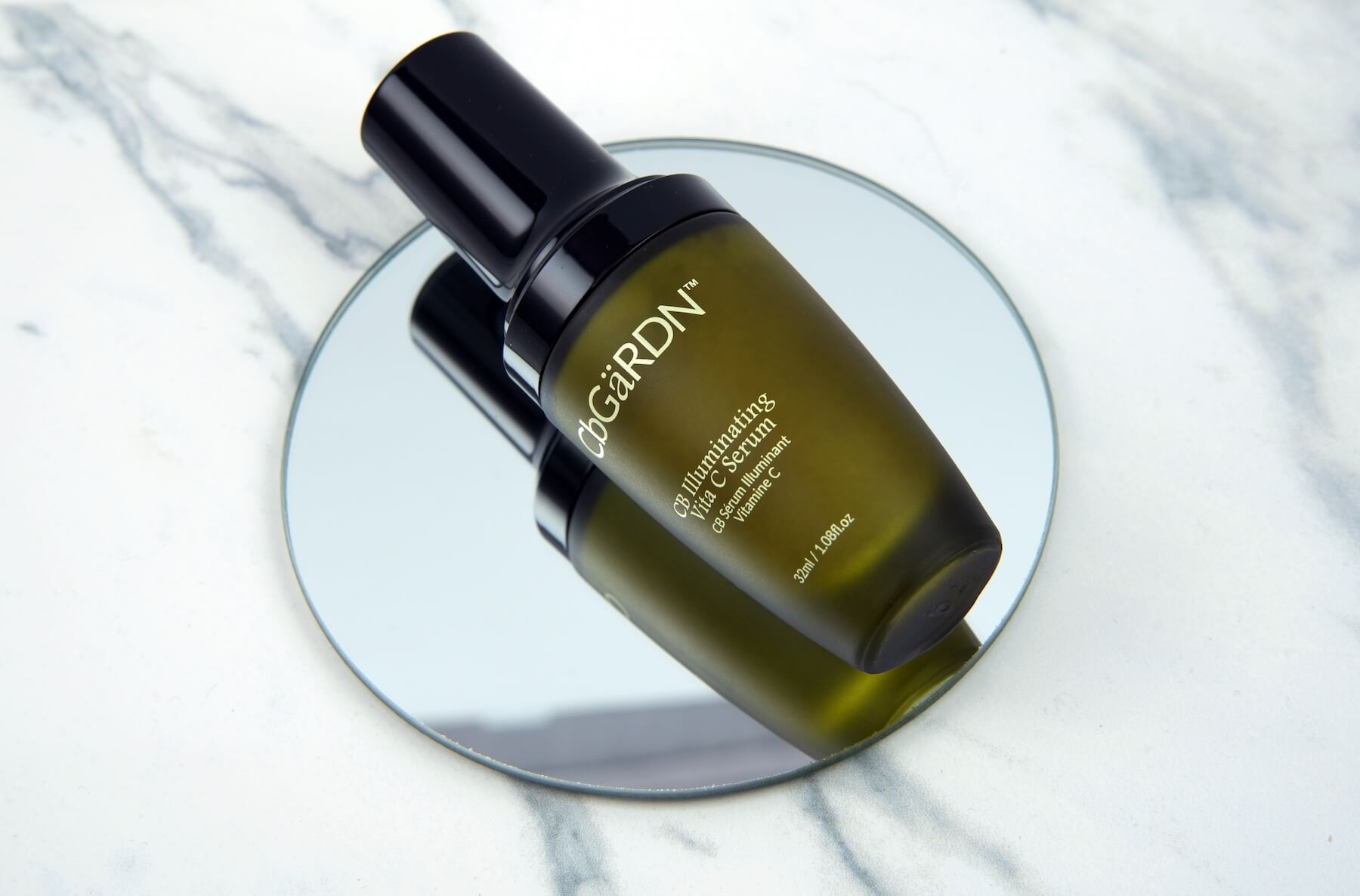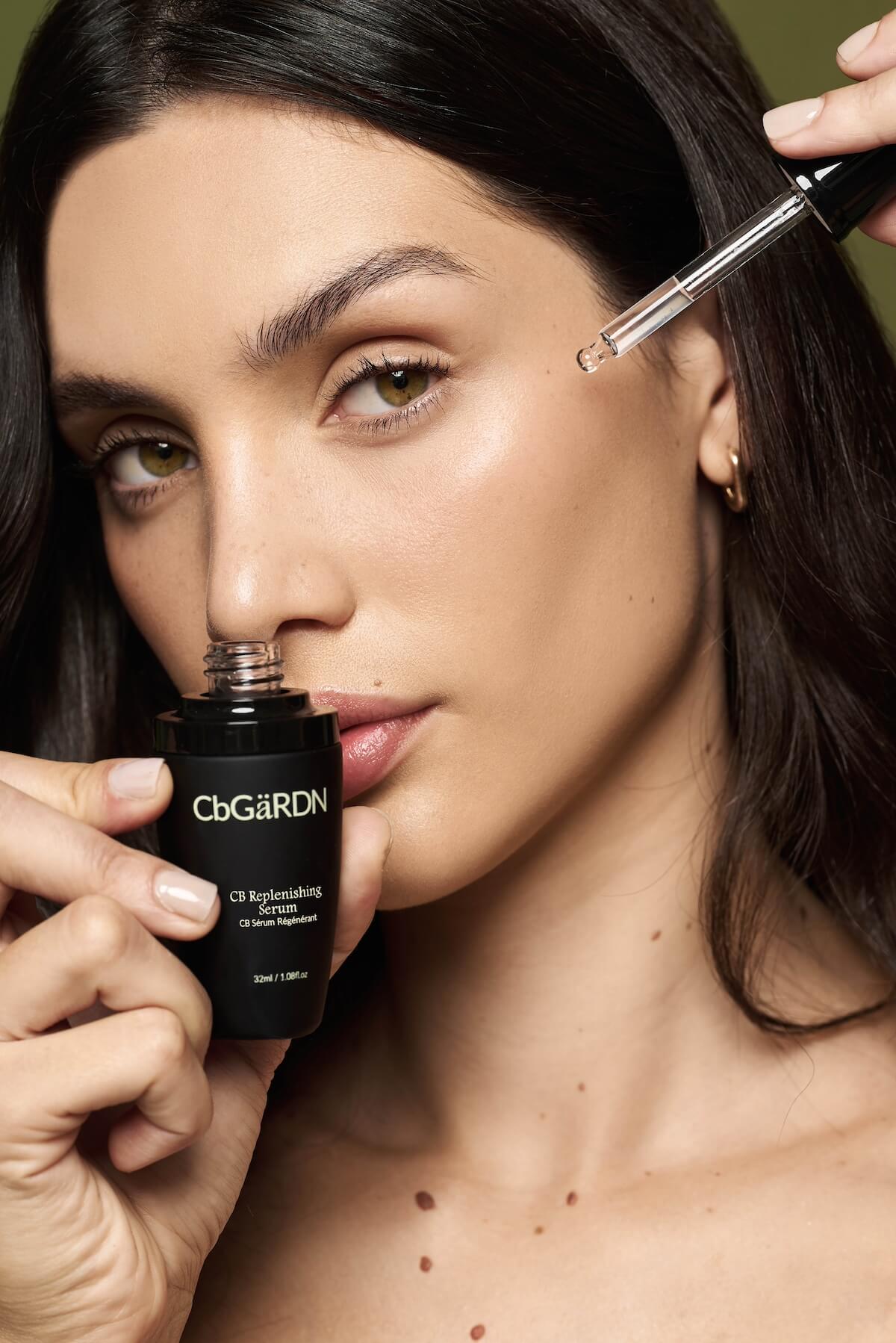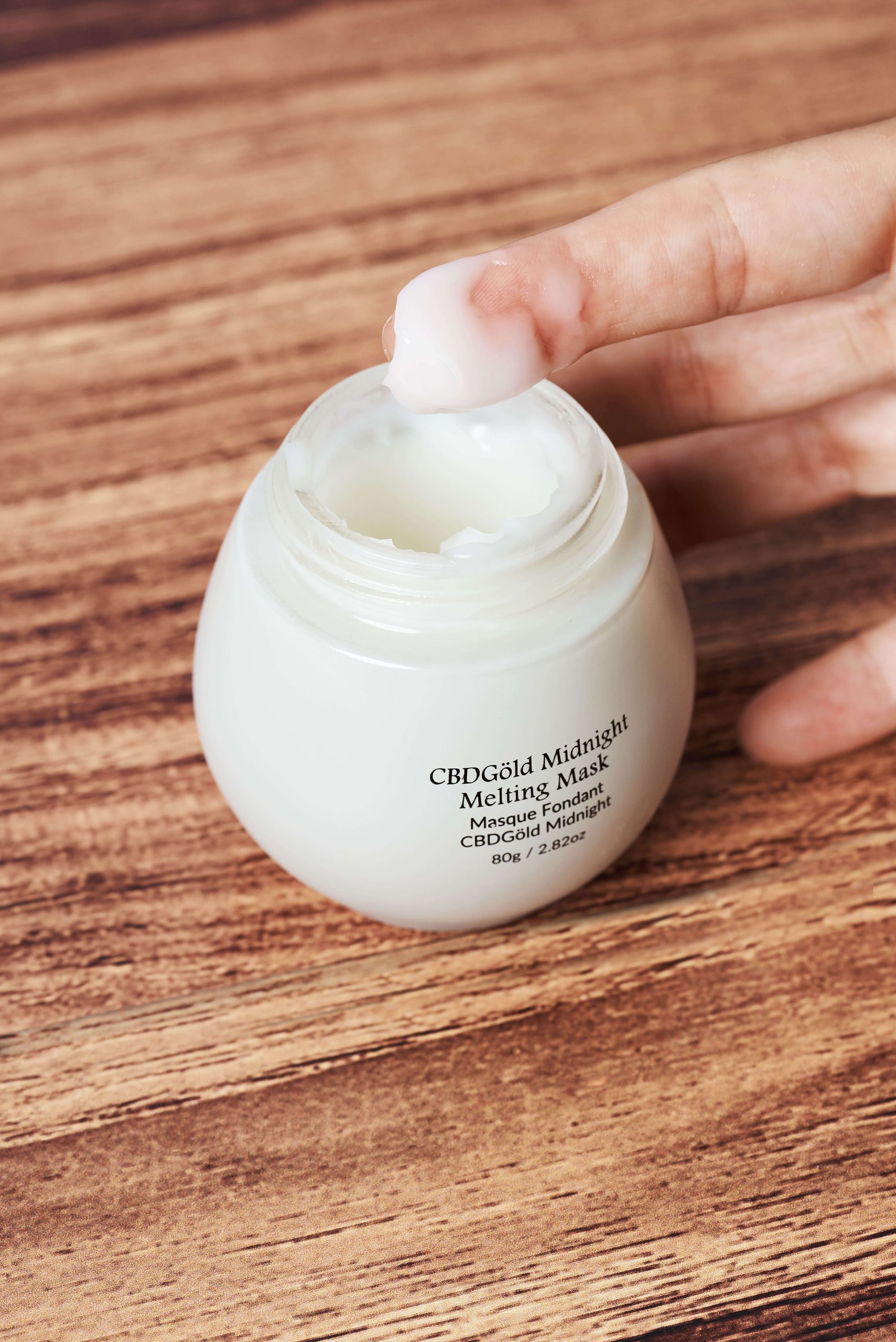Published: March 30, 2025

While it would be nice to assume that every skincare product out there is safe for your skin, this isn’t actually the case. Unfortunately, there are a number of skincare ingredients around that can have a detrimental and long-lasting impact on both your skin as well as your overall health.
What’s the worst of them all? Different experts have their own opinions on the matter, but most would agree that parabens are the skincare ingredients to be wary of if you want to keep your skin happy and healthy. What’s so bad about parabens, and how do you go about finding paraben-free products? Keep reading as CBGärdN explains!
What Are Parabens?
Not familiar with parabens? The name refers to a group of skincare ingredients. They’re all chemical compounds that have a similar molecular structure, and they’re all primarily used for the same purpose: as preservatives.
Although it tends to be water-based cosmetic products that most commonly contain parabens, these skincare ingredients can be found across a wide range of product types, including face cleansers, exfoliators, moisturizers, and more.
There’s no denying their efficacy as preservatives. Parabens do a great job of inhibiting the growth of microbes. This significantly extends the shelf life of a product. However, there are several concerns surrounding these skincare ingredients, and these are worth paying attention to…
What’s the Problem With Parabens?
So, what’s the issue with parabens? Here are a few of the biggest problems associated with these skincare ingredients:
Skin Sensitivities and Allergies
First up, and likely the least concerning on the list, is the fact that, for many people, parabens are irritants. The more they’re used, the more sensitive the skin can become. Redness, irritation, and inflammation are usually part and parcel of this.
Allergies to parabens are also very common. These usually manifest as contact dermatitis. Symptoms, which, again, include redness, itching, and swelling, tend to arise two or three days after the skin has been exposed to parabens.
Increased Skin Aging
Nobody wants their skin to age sooner than it should, yet this is exactly what can happen if you overload your skin with parabens. Research confirms this, with studies showing that parabens can often promote the appearance of fine lines and wrinkles.
It all comes down to how parabens inhibit the production of keratin, which is one of the proteins that gives your skin its strength and resilience. Keratin production already declines with age, but parabens speed this process up. This causes your skin to lose its elasticity and firmness much faster.
Endocrine Disruptors
Things start to get really worrying when it comes to how parabens are known for being endocrine disruptors. This is due to how parabens are able to mimic estrogen. They interfere with the hormone receptors in your body and can even cause natural estrogen activity to rise.
Why is this a problem? Because high levels of estrogen are linked to breast cancer. Some researchers also believe that this can heighten the risk of developing other cancers (such as endometrial, ovarian, and skin), along with reproductive issues and developmental problems in children. One study even found that parabens can cause girls to go through puberty at a much younger age. Again, this increases their risk of developing certain cancers while also making mental health problems more likely.
Of course, hormonal fluctuations can directly affect your complexion too. Acne is particularly influenced by hormones, meaning that paraben-rich products could severely exacerbate breakouts.
Environmental Impact
It’s bad enough that parabens are found in the human body, but wildlife is affected by these skincare ingredients too. From the endangered bald eagle to black bears, fish, and more, parabens are being increasingly found in the bodies of other animals. No one yet knows exactly how these chemicals have affected those animals but, when it comes down to it, they shouldn’t be there!
The natural habitats of those animals also contain parabens too. It can be found in rivers, in the soil, and even in swimming pools and house dust. Parabens are pretty much everywhere now due to how they’re being constantly washed down the drain and into sewage systems. While the specific impact that this has on each ecosystem is, once again, unknown, they’re definitely not going to be beneficial in any way.
Why Are Parabens Still Allowed to Be Used as Skincare Ingredients?
After all of that doom and gloom, you’re probably wondering why parabens are still being used in skincare products. Although these skincare ingredients are heavily restricted in Europe, the FDA is much more lax about them, meaning that they’re commonly found in products created for the US market.
This is because, when used in small concentrations, parabens are deemed to be safe. And sure, if only one of your products contains a very trace amount of parabens, this could be true. However, it doesn’t take into account the potential risks of using a few different paraben-infused products. Do this and you’ll be significantly increasing your exposure to these skincare ingredients, causing them to build up in your skin and body, reaching unsafe levels.
How to Spot Parabens on an Ingredient List
So, how can you tell whether or not a skincare product contains parabens? The answer lies in that product’s ingredient list. However, as we mentioned earlier, the term ‘parabens’ refers to a group of skincare ingredients. Each paraben in that group has a different name. Usually, products that use these preservatives will contain more than one paraben, and they’ll be listed individually on that ingredient list.
While this does, in some ways, make it harder to spot parabens in a product, the good news is that all paraben ingredients have the word ‘paraben’ somewhere in their name. These are the parabens that are most commonly found in cosmetic products:
- Methylparaben
- Ethylparaben
- Propylparaben
- Isopropylparaben
- Butylparaben
- Isobutylparaben
Safe Paraben Alternatives
Even though parabens are still legally allowed to be used in cosmetics, most experts would recommend avoiding them as much as possible. Fortunately, this is becoming easier by the day as there are now plenty of alternatives that can be used instead.
Phenoxyethanol

Phenoxyethanol is a synthetic compound that, like parabens, functions as a preservative. When added to skincare products, it prevents the growth of bacteria, fungi, and yeast while also helping to stabilize certain formulas. It’s one of the most well-tolerated preservatives around, with skin irritation due to this ingredient being very rare. It’s even well tolerated by children, which is why it’s the recommended preservative for products such as baby wipes.
You’ll find this preservative in a few CBGärdN products, including the CB Bio-Restorative Creme. This moisturizer, which is loaded with fatty acids and antioxidants, will keep your skin feeling soft, smooth, and supple.
Phenoxyethanol is used in the CB Facial Cleanser too. With so many cleansers on the market containing parabens, this paraben-free formula will be a breath of fresh air to many!
Ethylhexylglycerin

Like phenoxyethanol, ethylhexylglycerin is another synthetic preservative that most people can use without any problems whatsoever. It’s often combined with phenoxyethanol since the two work beautifully hand-in-hand.
What makes ethylhexylglycerin even more appealing is that it also functions as a humectant. It helps to bind moisture to the skin, boosting hydration levels. It’s also known for leaving the skin feeling much softer to the touch.
This is why both ethylhexylglycerin and phenoxyethanol have been used in the CB Illuminating Vita C Serum. Thanks to a selection of plant oils and other humectants, this serum is already wonderfully hydrating, with these effects then bumped up by the addition of ethylhexylglycerin. The preservatives in this formula help to keep the vitamin C, along with the other antioxidants, stable and potent for much longer.
Potassium Sorbate

Potassium sorbate is a naturally derived preservative. It’s found in certain berries, such as rowan berries, although the majority of the potassium sorbate that’s used in skincare products has been produced synthetically. Again, this ingredient does a great job of inhibiting the growth of bacteria and other impurities, so much so that it’s not just used as a preservative for cosmetics – it’s often used in food items too.
Potassium sorbate is another preservative that’s often combined with others to increase efficacy. By doing this, products enjoy a broad-spectrum of protection that a single preservative would struggle to provide.
In the CB Replenishing Serum, for example, you’ll find a combination of potassium sorbate, ethylhexylglycerin, and phenoxyethanol. Since this formula is brimming with plant extracts, peptides, and other ingredients that would otherwise quickly spoil, the chosen preservatives are a must to ensure safety and efficacy in a way that doesn’t harm the skin.
Benzyl Alcohol

Benzyl alcohol is another preservative that has natural origins, although it’s commonly synthetically produced too. Again, it’s considered safe when used in low concentrations, although those with sensitive skin may be more affected by this one than the other preservatives discussed above.
Benzyl alcohol also acts as a solvent. This basically means that it can dissolve other ingredients, including active ingredients, so that they’re able to penetrate the skin more efficiently.
This is exactly why benzyl alcohol was one of the chosen preservatives for the CB Midnight Melting Mask. This leave-on mask starts off with a creamy texture that then transforms into droplets that the skin can absorb, with benzyl alcohol helping with this process.
Summary
Although parabens can still legally be used as skincare ingredients, experts generally advise that they be avoided whenever possible. The potential risks that they can bring to both your skin and your overall health are not worth chancing, especially when there are so many safer alternatives out there. Sure, parabens may be cheaper than some of the other preservatives available, helping to keep the overall cost of a product low, but this is only a temporary benefit if, in the long run, they’re going to do more harm than good for your skin.
Click here to shop for more paraben-free skincare products from CBGärdN.
